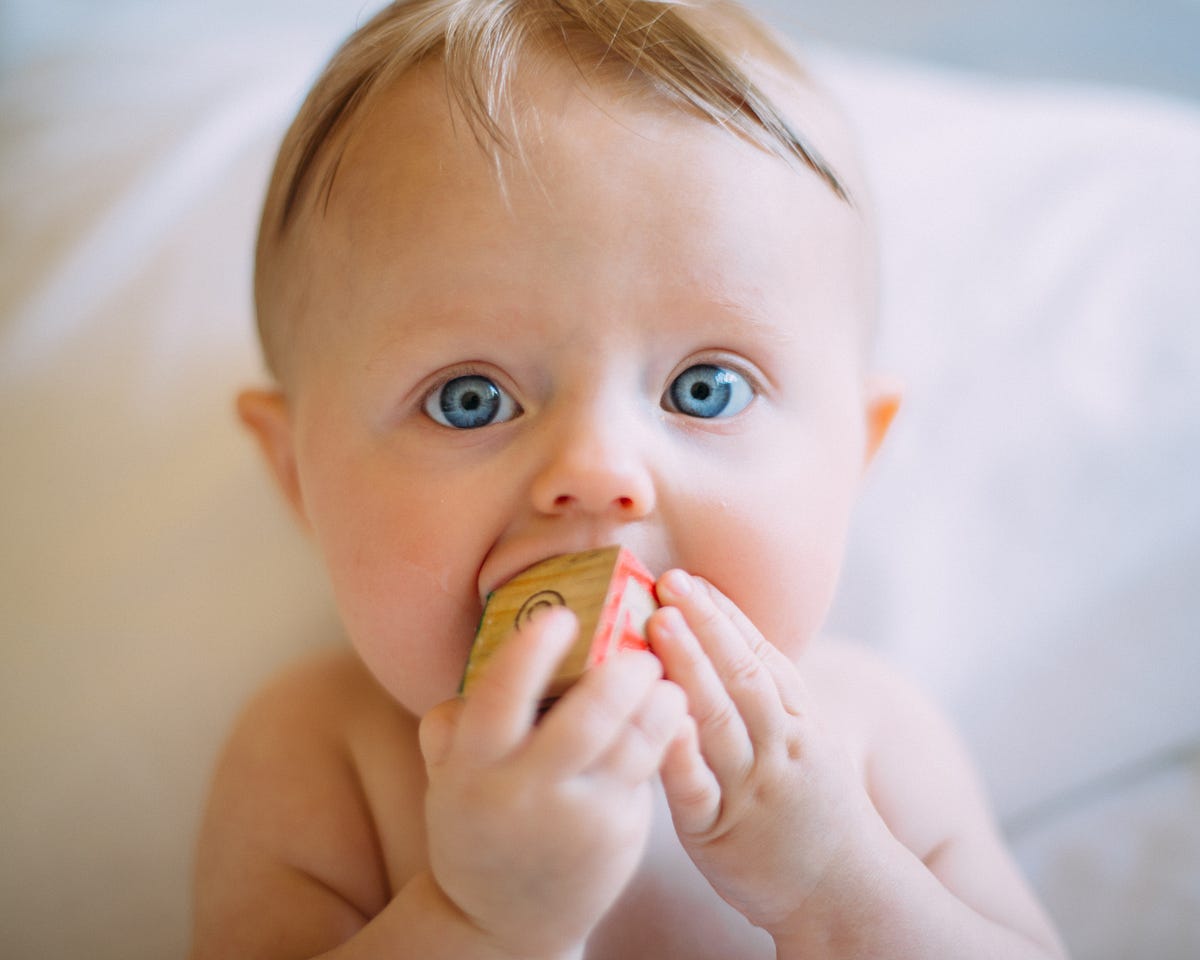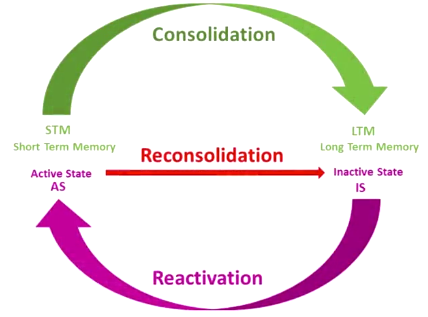[Day 7] Learning how to learn - Week 3
Photo by Colin on Unsplash Introduction Learning how to learn , released from 2014, is a famous MOOC course on Coursera.com. This...

Photo by Colin on Unsplash
Introduction
Learning how to learn, released from 2014, is a famous MOOC course on Coursera.com. This course is instructed by Dr. Barbara Oakley and Dr Terrence Sejnowski, both of them have a solid background on neuroscience and learning methods. During four weeks in this course, two instructors taught about the human brain, different modes of thinking and ways to improve their learning. Consequently, they can apply these techniques to help them pass classes, learn a new language, write faster, sharpen their problem-solving skill, etc.
WEEK 3 — Procrastination and Memory
How to Tackle Procrastination?
Procrastination is like a little dose of temporary pleasure that might isn’t harmful immediately, but in the long run, it creates a negative habit. Just like every habit, it is formed by a cue. To tackle this, we have to understand the underlying cognitive psychology of procrastination. Specific cues, which are things that make us feel uncomfortable, can cause a habitual response, which is called “your inner zombies.” You go into this habitual zombie mode far more often than you might think, that’s the point of habit. You don’t have to think in a focused manner about what you’re doing while you’re performing the habit, it saves energy. Habits are built based on four elements: the cue, the routine, the reward, and the belief:
- The Cue is the trigger that launches you into zombie mode, and it is also neither helpful or harmful. Cue usually falls into one of the four following categories: location, time, how you feel, and reactions, either to other people or to something that just happened. More often than not, you’re unaware that you’ve begun to procrastinate. To prevent it, you may need to shut off your cell phone or keep yourself away from the internet and other distractions for brief periods, as when you’re doing a Pomodoro.
- The Routine is what we react to the Cue. As you have known, our willpower is limited, and changing our reaction to a cue is the only place we need to use our willpower. That’s when we need a plan, which may be settling into a quiet spot in the library or closer to home. But remember, don’t try to change everything at once.
- The Reward is what keep habits continuing. Habits are powerful because they create neurological cravings. To overcome your previous cravings and create new Visualize, it is necessary to add new rewards that your brain expects. A reward at a specific time such as lunch break or stopping the main tasks at 5:00 PM gives a solid mini-deadline that can help spur work. The better you get at something, the more enjoyable it can become.
- The Belief is important when you want to change a habit. One of which can underpin your belief is to develop a new community, like-minded friends who may have can-do philosophy that you too want to develop.
To avoid making procrastination, try to focus on process, not product. Process means the flow of time, the habits and associated actions, allowing you to do important but unpleasant tasks. In contrast, a product is an outcome; it triggers the pain that causes you to procrastinate. The key is that the zombie habitual part of your brain likes processes because it can march mindlessly along. It’s far easier to enlist the friendly zombie habit to help with a process, then to help with a product. Focusing on process rather than product allows you to back away from judging yourself, am I getting closer to finishing? Instead, you allow yourself to relax into the flow of the work.
Keep track of your learning
A good way to be aware of what you’re trying to learn and accomplish is to keep a planner journal, write a brief weekly list of key tasks once a week and fill in daily to-do-list on the following pages. Try to write this daily task list the evening before because this will help your subconscious to grapple with the tasks so you can figure out how to accomplish them. Tomorrow morning, try to work on the most important and most disliked task first.
Visualise Memories
Memory is only part of learning and developing expertise but it’s often an important part. To form part of long-term memory, we need to tap into our visual and spatial memory system, a superior “where things are” and “how they look” memory system. In particular, you can encapsulate a seemingly humdrum and hard to remember by visualizing images and evoking the senses about how you feel, smell or even hear something. The funnier and more evocative the images, the better.
Even when you make something memorable, that item still can not firmly lodge into long-term memory without repetition. One helpful tip is using index cards. Writing and saying what you’re trying to learn seems to enhance retention. Handwriting helps you convert what you are trying to learn into neural memory structures. Saying aloud words and their meaning help you start setting auditory hooks to the material.
Long Term Memory
Memories are not fixed but living, breathing parts of your brain that are changing all of the time. Whenever you recall a memory, it is changed. That process is called reconsolidation. Here is how it works:

The process of Consolidation takes the brain state in active memory and stores it in long term memory. These long term memories can remain dormant for a long time until one of them is retrieved and reinstated, by the Reactivation process, in short term working memory. The reinstated memory can be transferred to long term memory, thereby, altering the old memory though reconsolidation. As we learn new things, our old memories also change. Like consolidation, reconsolidation also occurs during sleep. That is why it is more useful in space learning over time, rather than mass learning all at once.
Memory Palace Technique
The memory palace technique is a particularly powerful way of grouping things you want to remember. It involves calling to mind a familiar place like the layout of your house and using it as a visual notepad where you can deposit the concept images that you want to remember. All you have to do is call to mind the place you’re familiar with — your home, your route to school, etc. — and voila in the blink of an imaginative eye, this becomes the memory palace that you’ll use as your notepad. The memory palace technique is useful for remembering unrelated items such as a grocery list, milk, bread, eggs. All you have to do is imagining yourself walking through a place you know well, coupled with shockingly memorable images of the main features you want to remember. In using the mind this way, memorisation can become an outstanding exercise in creativity that simultaneously builds neural hooks for even more creativity. The more you memorise using these innovative techniques, the more creative you become.
Takeaway notes from 4 Time US Memory Champion Nelson Dellis:
- To remember names: pay attention to their face, body, composure (anchor), ask for their name, break the long name and turn into whatever it reminds you, start a conversation with them, write down their features on their business card you received.
- When we are with our inner child is when memory springs. It’s nice to let it go, explore the world a little more, have a good memory and a bit silly, a bit fun.
Thank you so much for reading this post.
I'm working on writing and this 30-day journey is my first project. I would really appreciate if you could leave your feedback and comments on how I can further improve. I will be creating more posts in future about my experiences and projects.
I'm working on writing and this 30-day journey is my first project. I would really appreciate if you could leave your feedback and comments on how I can further improve. I will be creating more posts in future about my experiences and projects.

English Zone
/english-zone
Bài viết nổi bật khác
- Hot nhất
- Mới nhất
